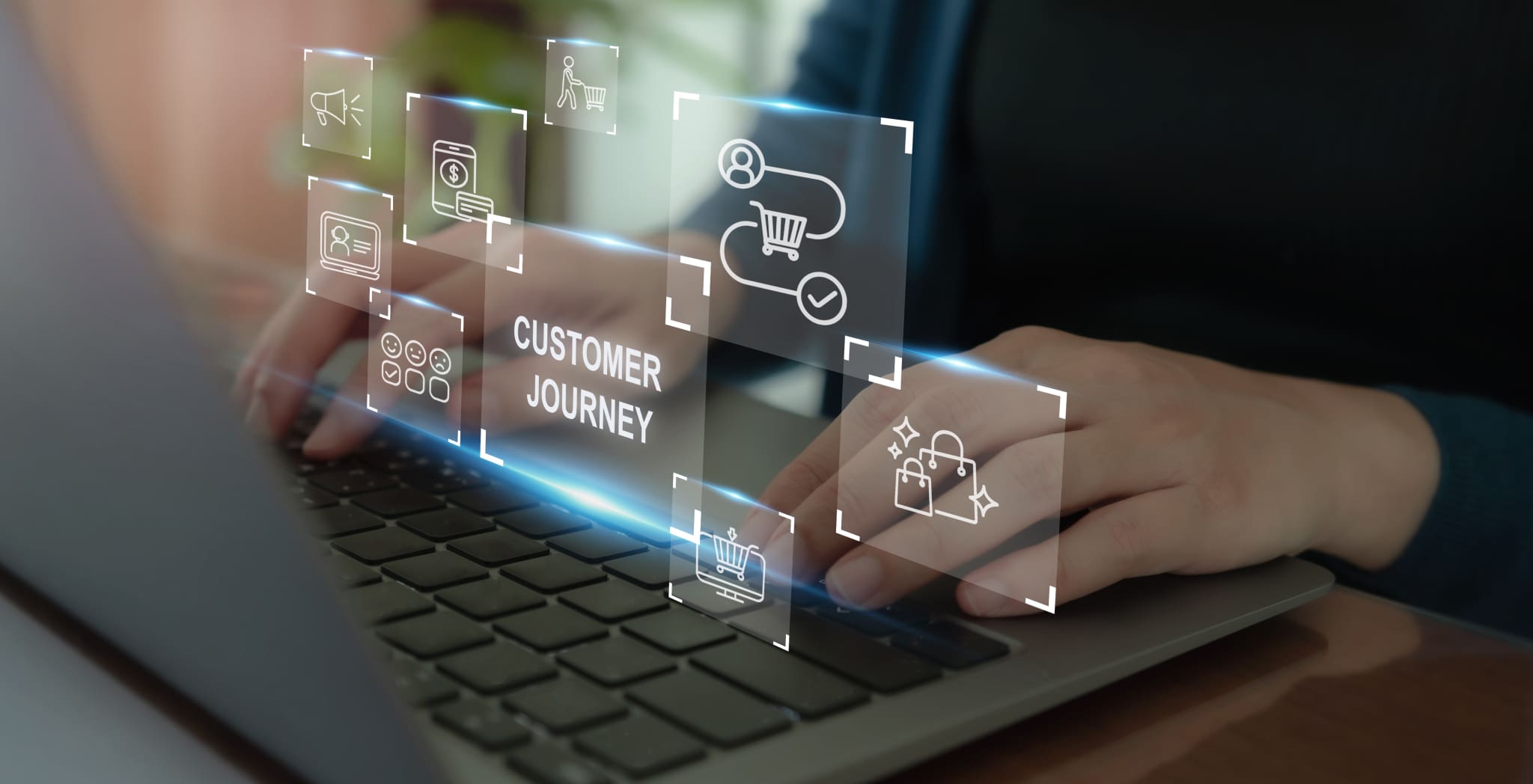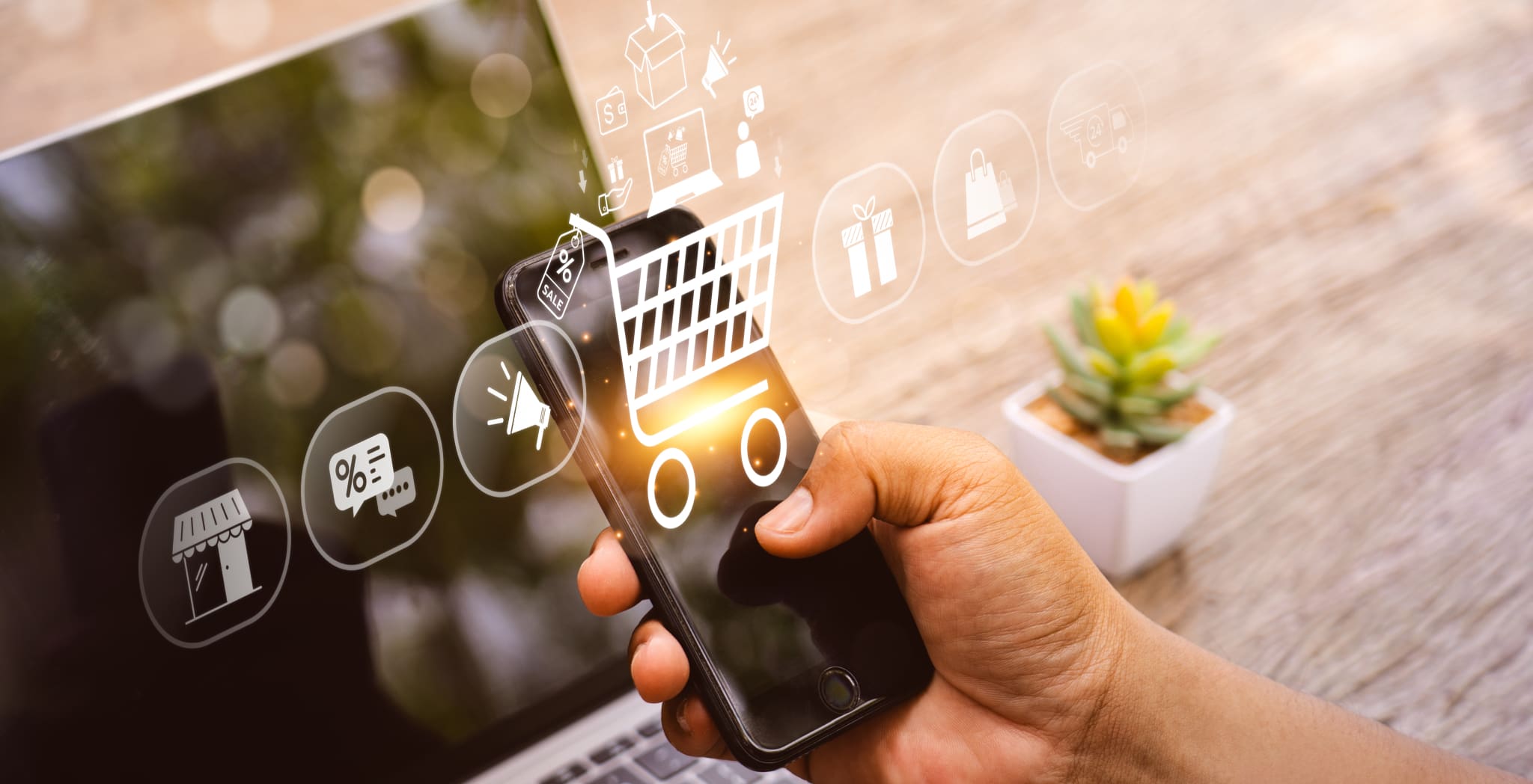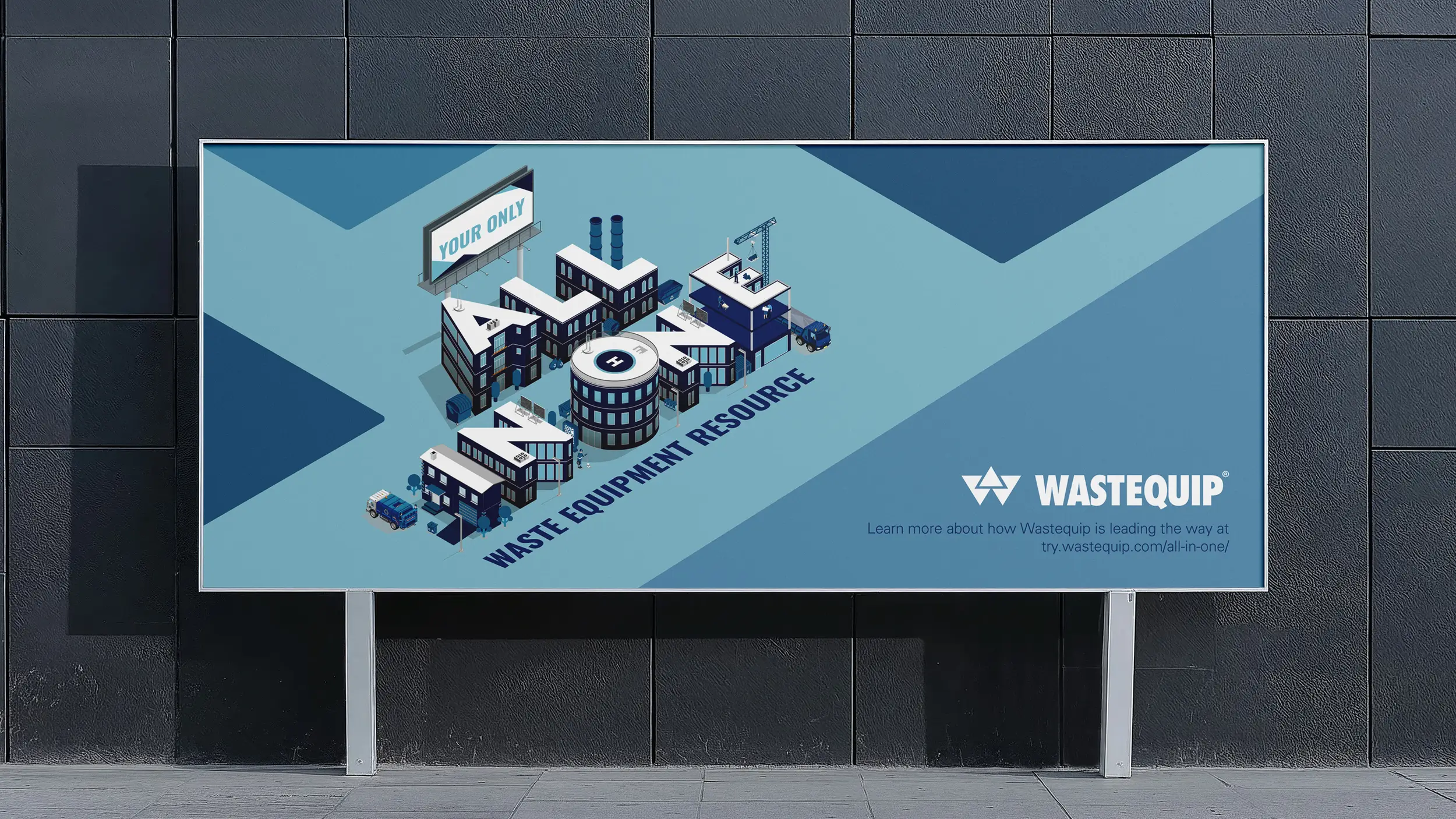
Most B2B brands are sitting on a gold mine of data about their customer journeys. But having the data and knowing how to use it effectively are two vastly different things. Fortunately, taking a smart, structured approach to data analysis can transform scattered information into clear, actionable strategies. By using advanced data mapping to connect the dots across various sources, your B2B brand can identify key consumer touchpoints and pain areas, then optimize the customer journey for success.
“Advanced data mapping gives B2B brands a competitive edge by uncovering hidden patterns in buyer behavior and highlighting the most influential touchpoints in the customer journey,” says Cary Murphy, Chief Strategy Officer and B2B Category Expert. “Companies can leverage these insights to shorten sales cycles, improve engagement and build stronger relationships, ultimately driving higher conversion rates and long-term customer loyalty.”
The Unique Challenges of the B2B Customer Journey
The B2B customer journey is fundamentally different from the B2C journey, and in most cases, finding success requires a more strategic, data-driven approach. Individual consumers often make quick, emotion-driven purchases. But B2B buyers navigate a longer, more complex decision-making process involving multiple stakeholders, extensive research and a strong need for trust. Traditional marketing approaches that rely on broad messaging or mass outreach fail to account for these complexities and fall short in reaching B2B audiences.
Leveraging Data Mapping to Enhance the B2B Customer Journey
Data can be captured almost anywhere along B2B customer journey. But without the right structure, that data can be overwhelming and difficult to act on. Advanced mapping creates a clearer, more unified view of your data, providing insights that support your brand’s efforts to optimize its B2B customer journey.
Data mapping is the process of connecting information from different systems and sources so it can be analyzed in a meaningful way. Software such as Talend, Informatica and Dell Boomi link disparate data points so businesses can see the full picture rather than isolated fragments. Through data mapping, what was once a collection of disconnected insights becomes a powerful tool for understanding buyer behavior and making smarter marketing and sales decisions. Your brand can structure and align data from multiple sources to identify trends, track customer journeys and uncover opportunities to improve engagement.
Key Data Sources to Harness in B2B Advanced Data Mapping
Your brand must pull insights from a range of available data sources to effectively understand and optimize its B2B customer journey. From CRM systems to website analytics platforms, here are some of the best sources to start with:
CRM Systems
Customer relationship management (CRM) platforms capture lead status, communication history and deal progression. Analyzing this data can help your businesses spot high-value prospects, identify stalled opportunities and refine its outreach strategies.
Website and Behavioral Analytics
Heatmaps, session tracking and conversion funnels reveal how visitors interact with your company’s website. Track page visits, time spent on pages and drop-off points to pinpoint areas for improvement.
Social Media and Content Engagement
Following interactions with and consumption of your B2B brand’s social media ads, posts and other creative content offers insights into audience interests and engagement, enabling you to gauge what resonates with buyers and refine your content strategy accordingly.
Intent Data and Third-Party Firmographics
Use intent data from industry databases and account-based marketing platforms to identify businesses that are actively researching the solutions your B2B brand offers. Combine this information with firmographic data — such as company size, industry and technology stack — to prioritize outreach to prospects with the highest conversion potential.
Email Engagement and Sales Enablement Tools
Email open rates, click-throughs and response times can provide clues about buyer interest, while sales enablement tools track interactions with proposals, demos and direct communication. These insights can help your sales teams gauge deal momentum and tailor follow-ups more effectively.
Targeting Prospects Across the Customer Journey with Data-Driven Insights
Delivering the right messages at the right times is key to effectively engaging B2B buyers. And by using data-driven strategies, your B2B brand can take steps to optimize its outreach at critical stages of the customer journey.
Attract Buyers in the Awareness Stage
Use predictive analytics and intent data to identify prospects researching the solutions your brand offers. Targeted ads, SEO content and thought leadership pieces can introduce your brand and draw potential buyers in.
Engage Prospects in the Consideration Stage
Website visits, content downloads, and other behavioral data can inform personalized follow-ups with prospects. Retargeting ads and tailored email campaigns that include relevant resources keep your brand top of mind for buyers in the consideration stage.
Nurture Stakeholders in the Decision Stage
Salesforce, Seismic, and other sales enablement tools track buyer interactions and analyze engagement data, allowing you to automatically deliver hyper-relevant content to key B2B stakeholders ready to make a decision. At this stage, use content like ROI case studies, product comparisons and personalized demos to address prospects’ concerns and drive conversions. If you see strong click-through and purchase results on one channel, consider using the same content in another to target decision-makers.
Drive Retention and Growth Post-Purchase
Track engagement metrics across customer support interactions, webinar and training participation, email engagement, and feedback surveys to reveal opportunities for upsells and renewals. Proactive outreach, educational content and exclusive offers can strengthen relationships and build loyalty.
Dive Into B2B Data With Brandon
With the help of an ad agency specializing in B2B, your brand can capture data and use the valuable insights it provides to optimize your strategies. At Brandon, we use data to drive every decision we make — and we know that selling directly to other businesses requires an entirely different playbook. When you’re ready for results, reach out to our team to discuss all the ways we can elevate your B2B brand’s marketing efforts.
Cary Murphy
Chief Strategy Officer
Cary Murphy is our Chief Strategy Officer at Brandon. He has been in marketing for over 30 years, starting his own agency from scratch and growing it into a market leader. He sold his agency to Brandon in 2016 and joined their leadership team, bringing his expertise to a wider audience. He’s also our category leader for B2B and CPG, working with clients such as Nucor Steel, Wastequip, Green Giant, Idahoan Foods, and Victory Beer. He helps clients create brand stories and strategies that increase sales, boost customer loyalty, and generate media coverage. He doesn’t settle for the status quo or conventional wisdom. He finds hidden connections and patterns and turns them into compelling narratives that resonate with customers. Cary is a smart and inspiring leader who challenges and supports his peers to do their best work. He believes that discipline is more important than motivation, and that good habits are more powerful than goals. Cary is a leader who combines talent, experience, and passion, with something else. A skill that he learned and honed over decades of practice and experimentation. A skill that helps him uncover the remarkable in both people and products.
By subscribing to our newsletter, you agree to our Privacy Policy.




